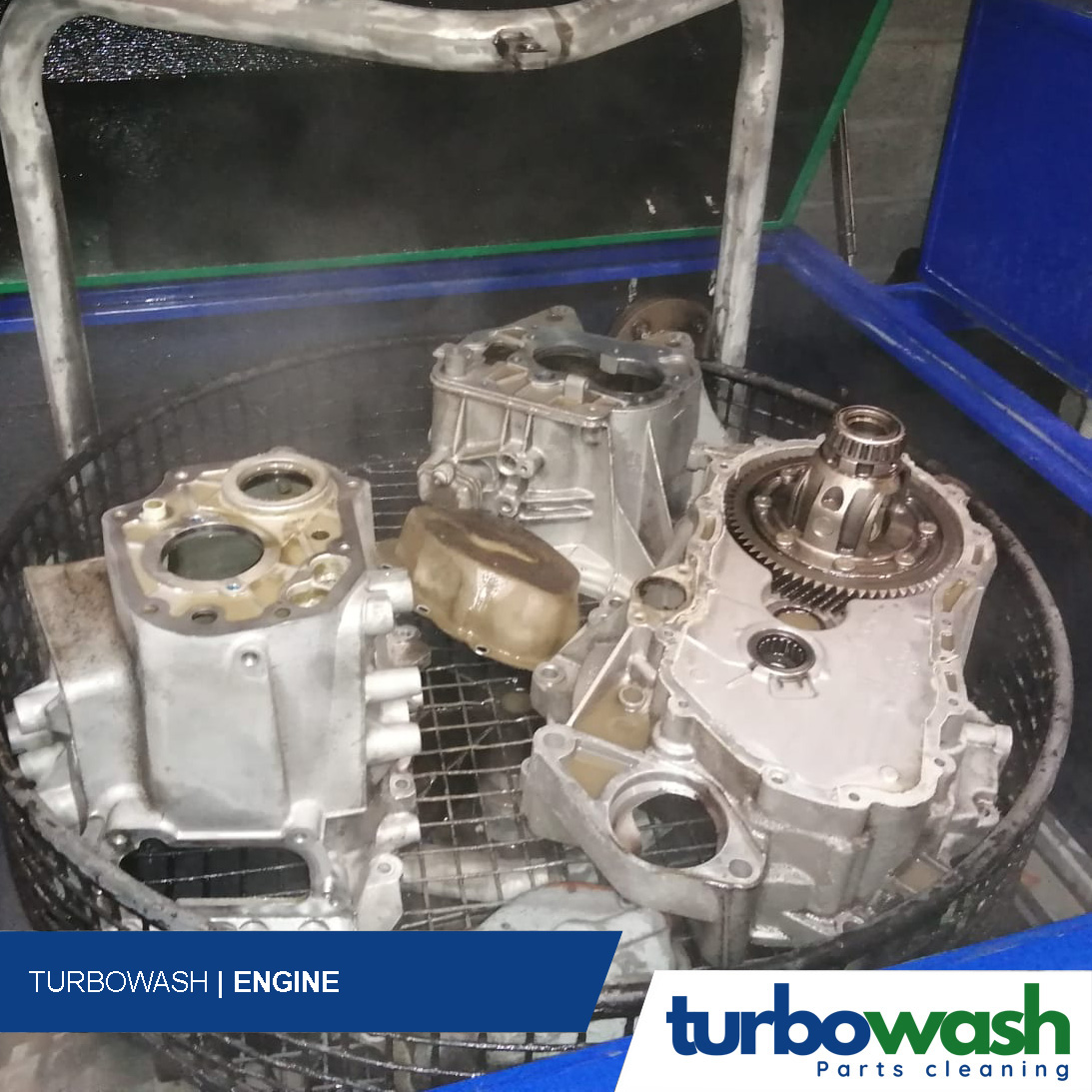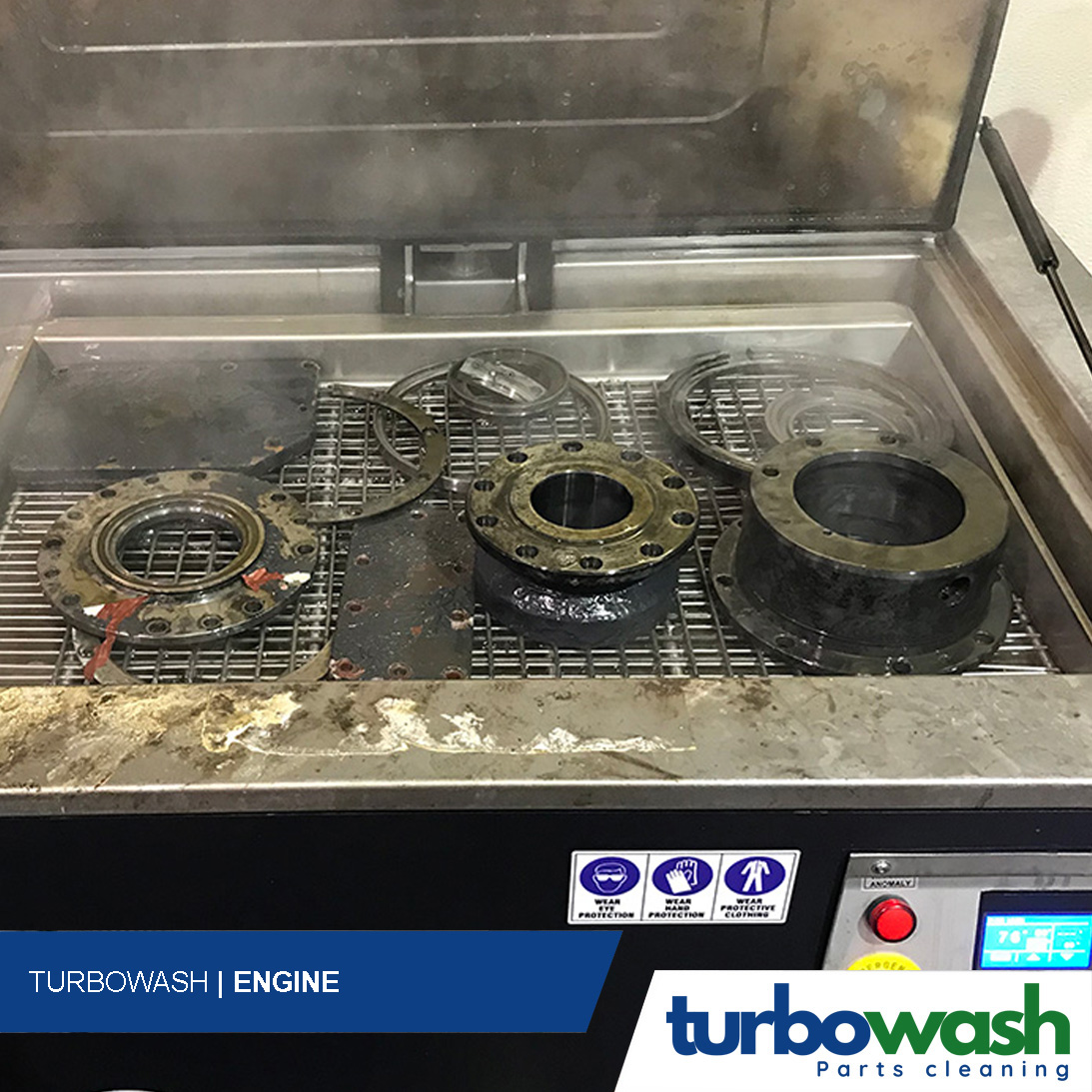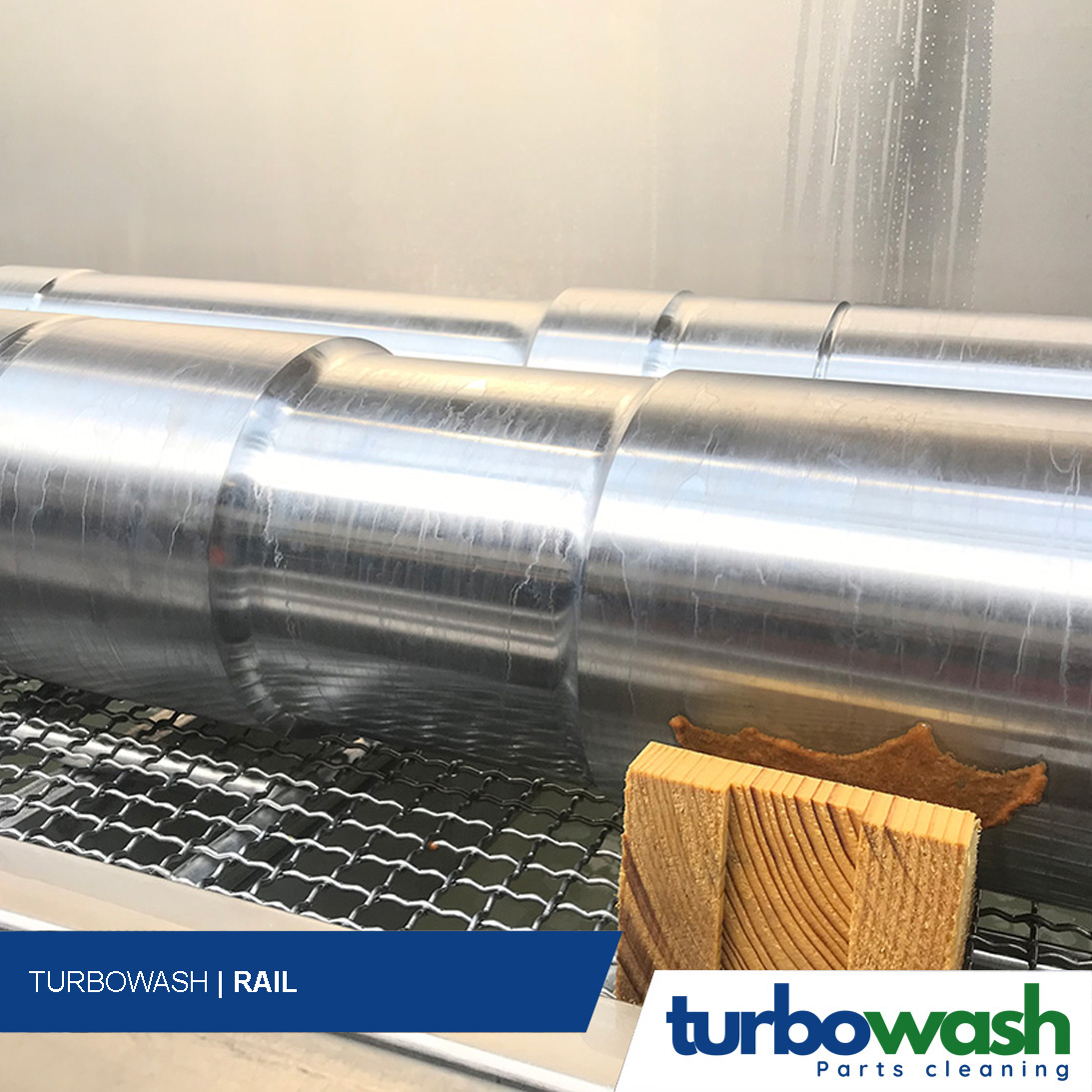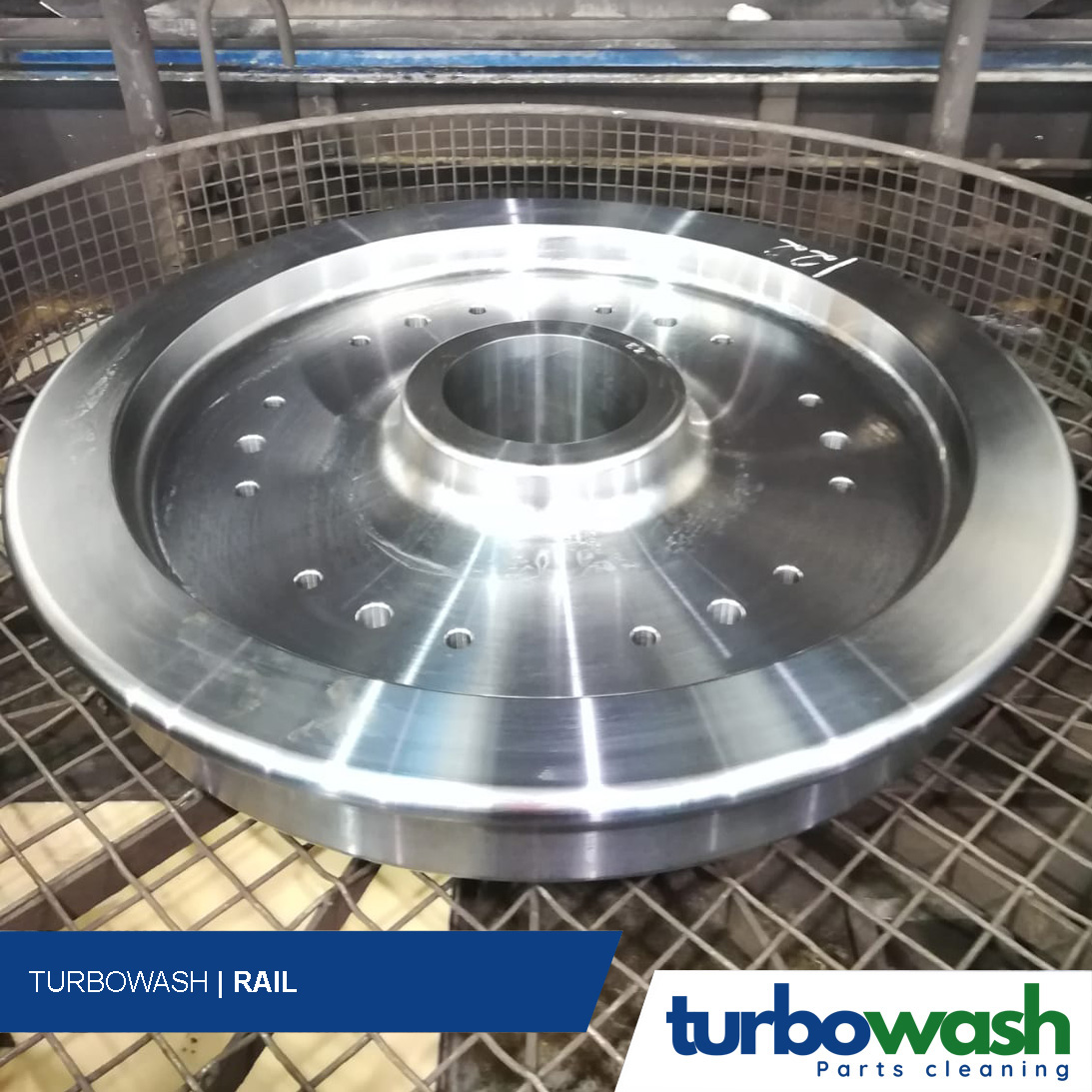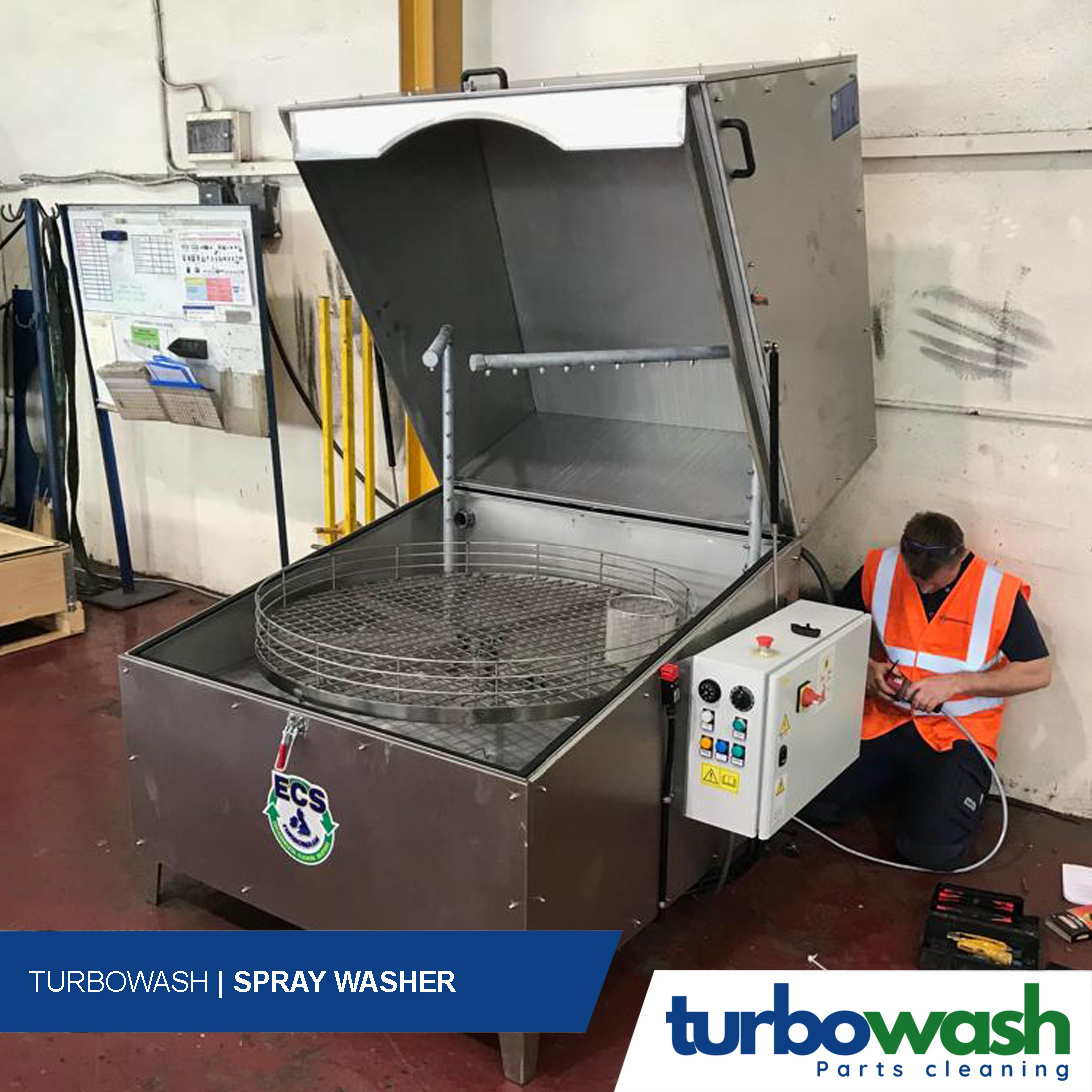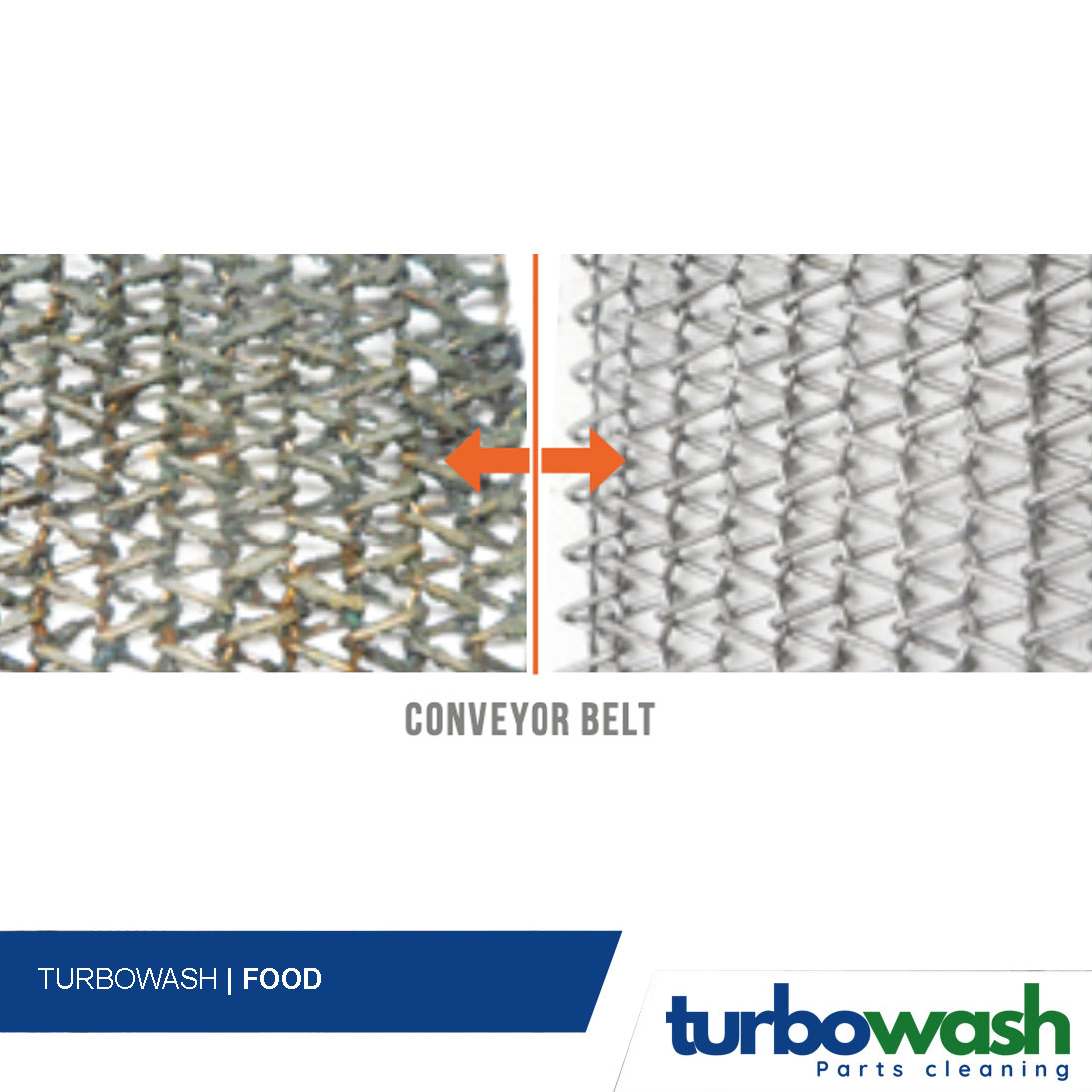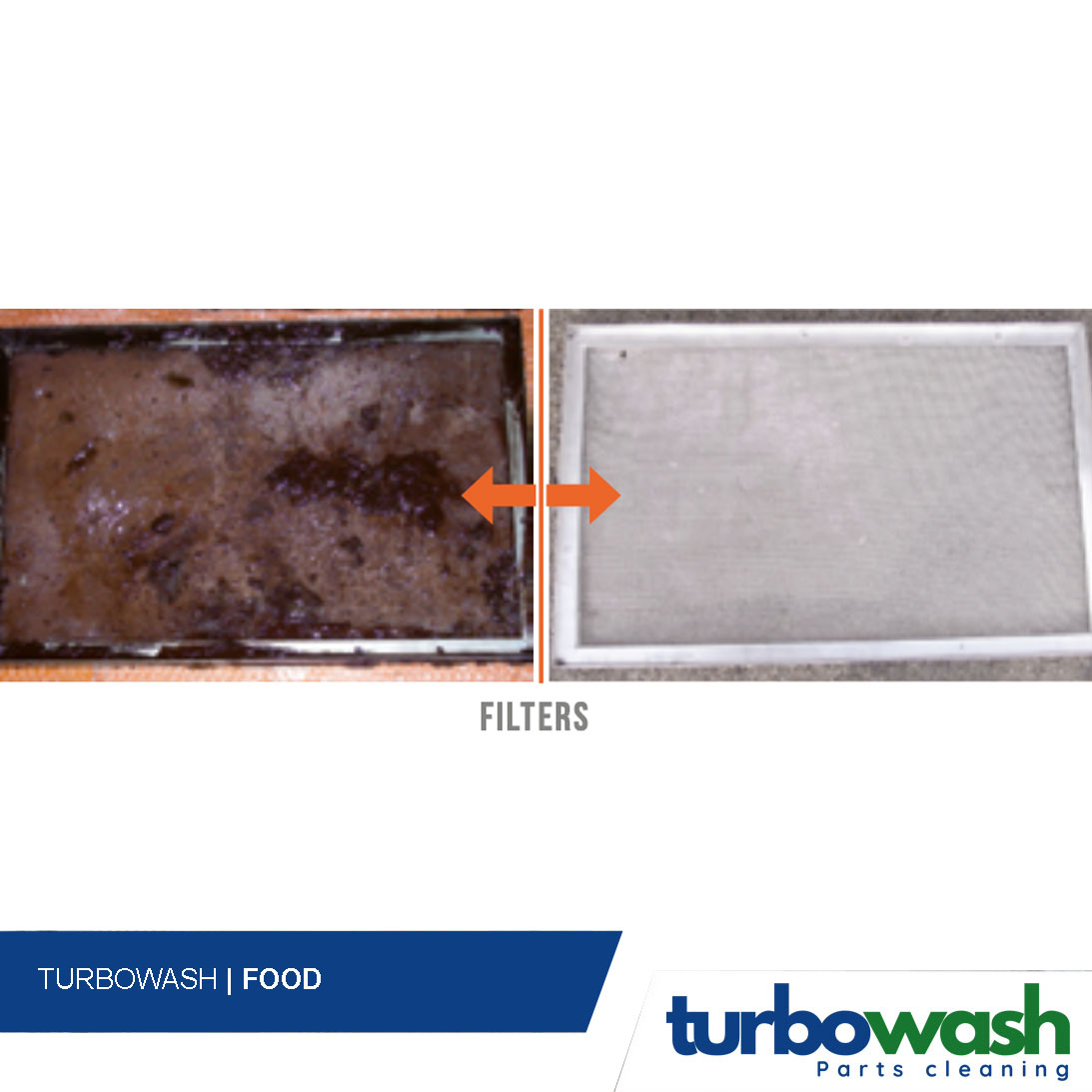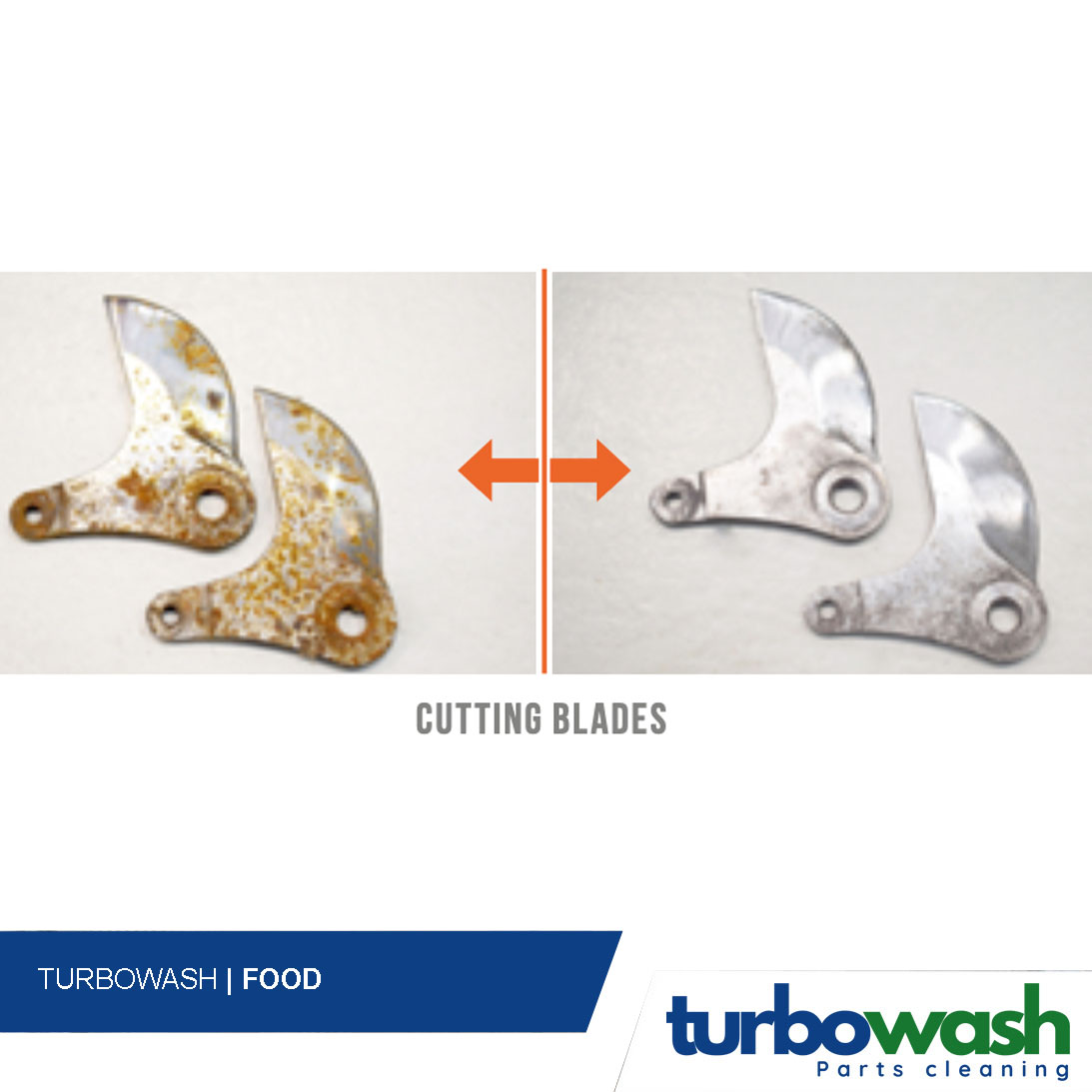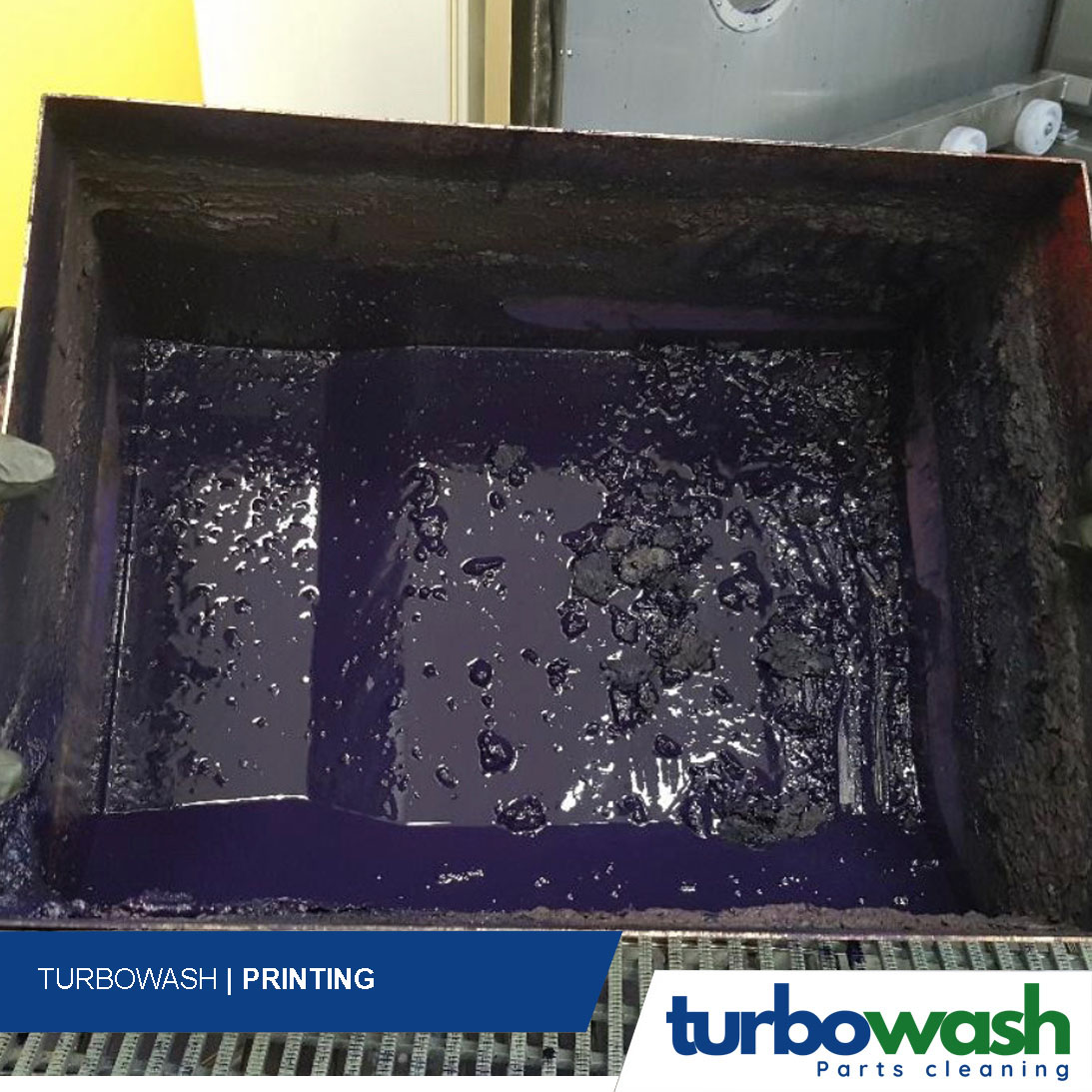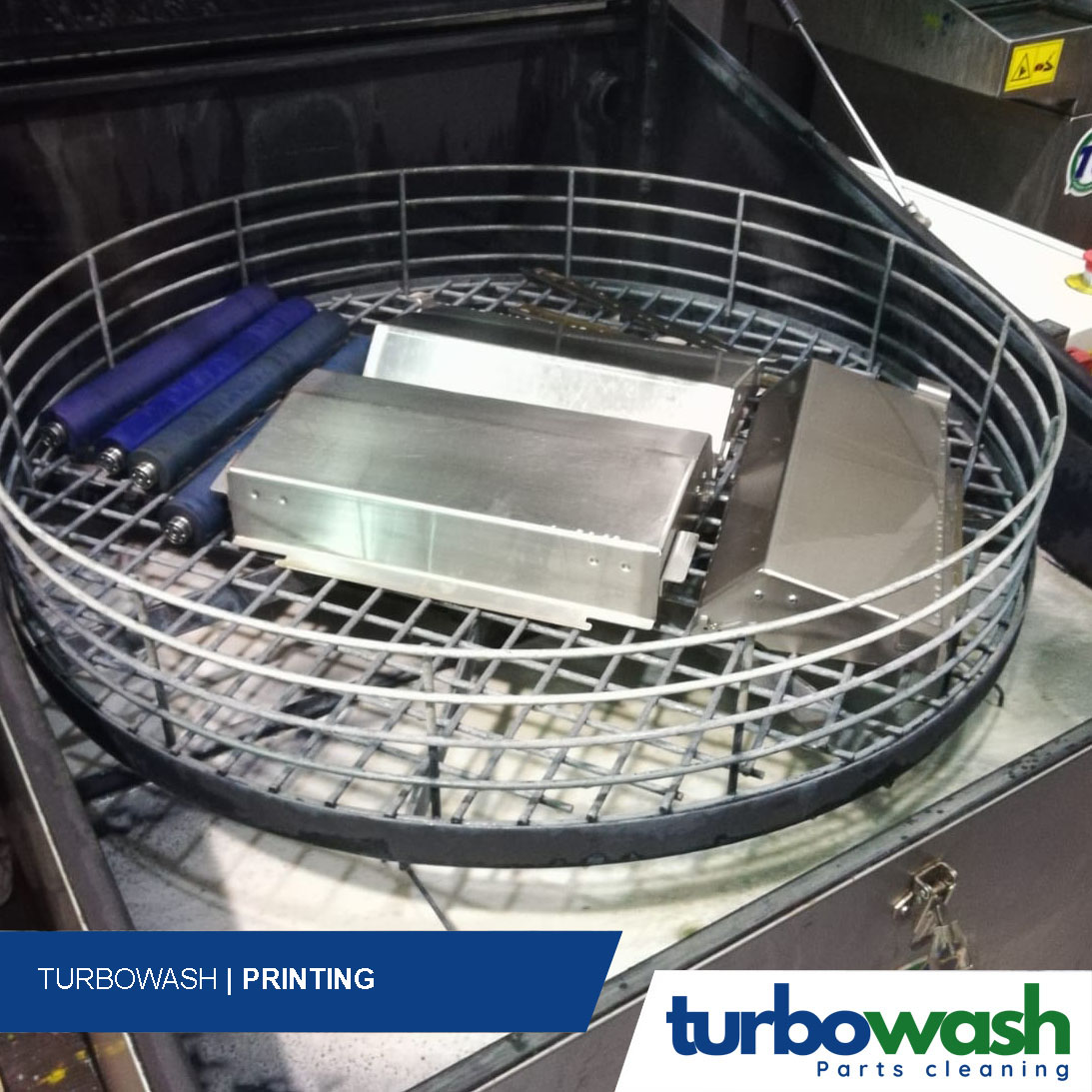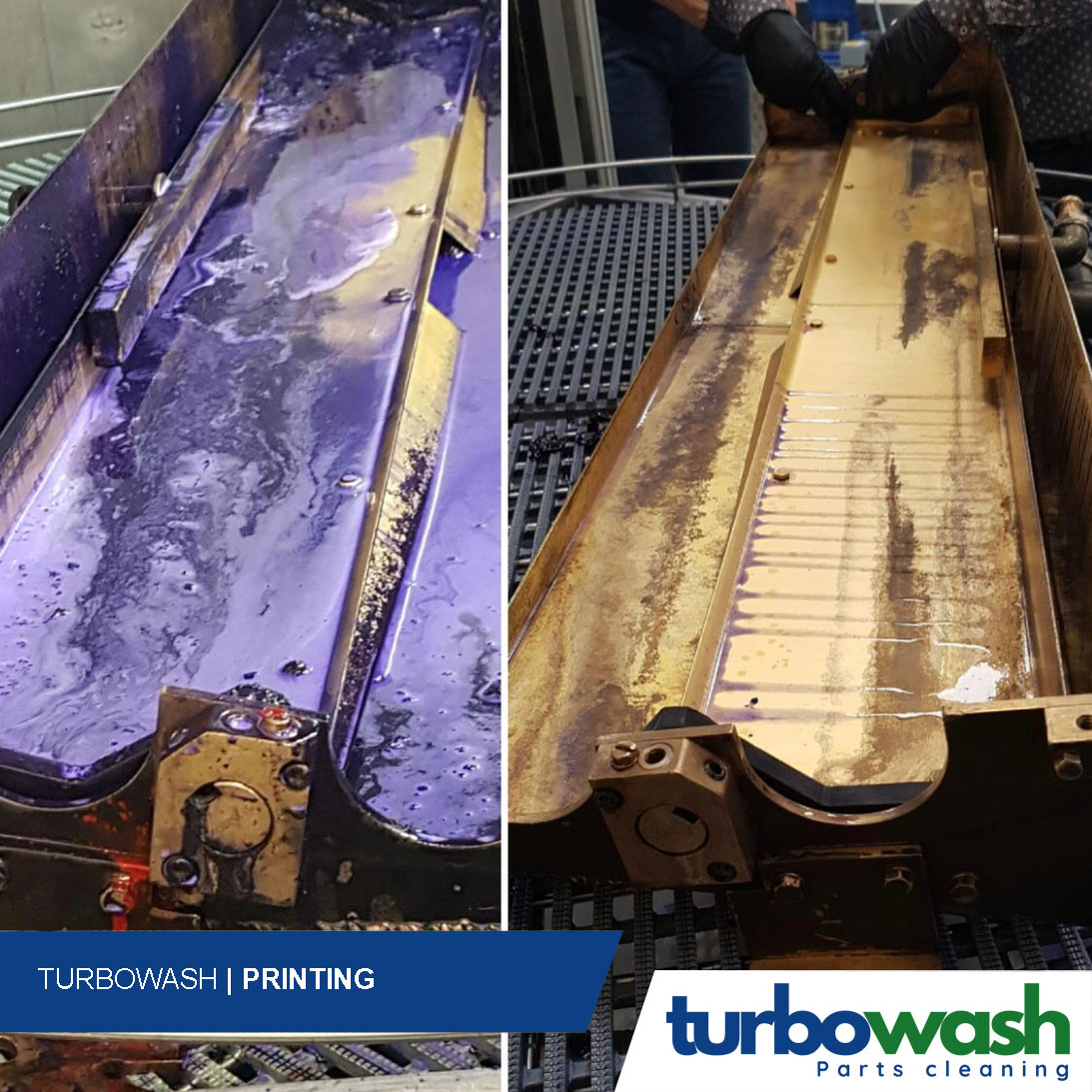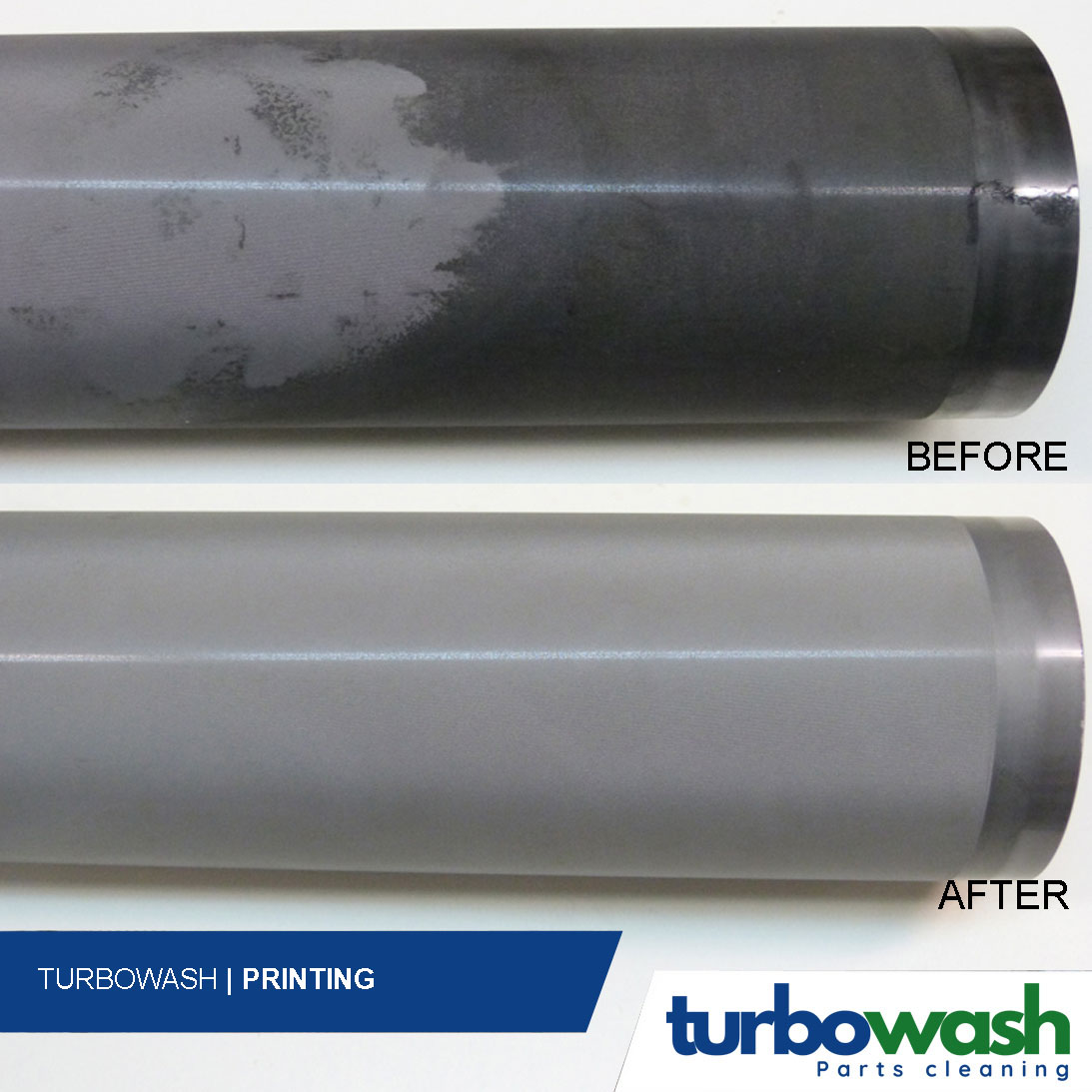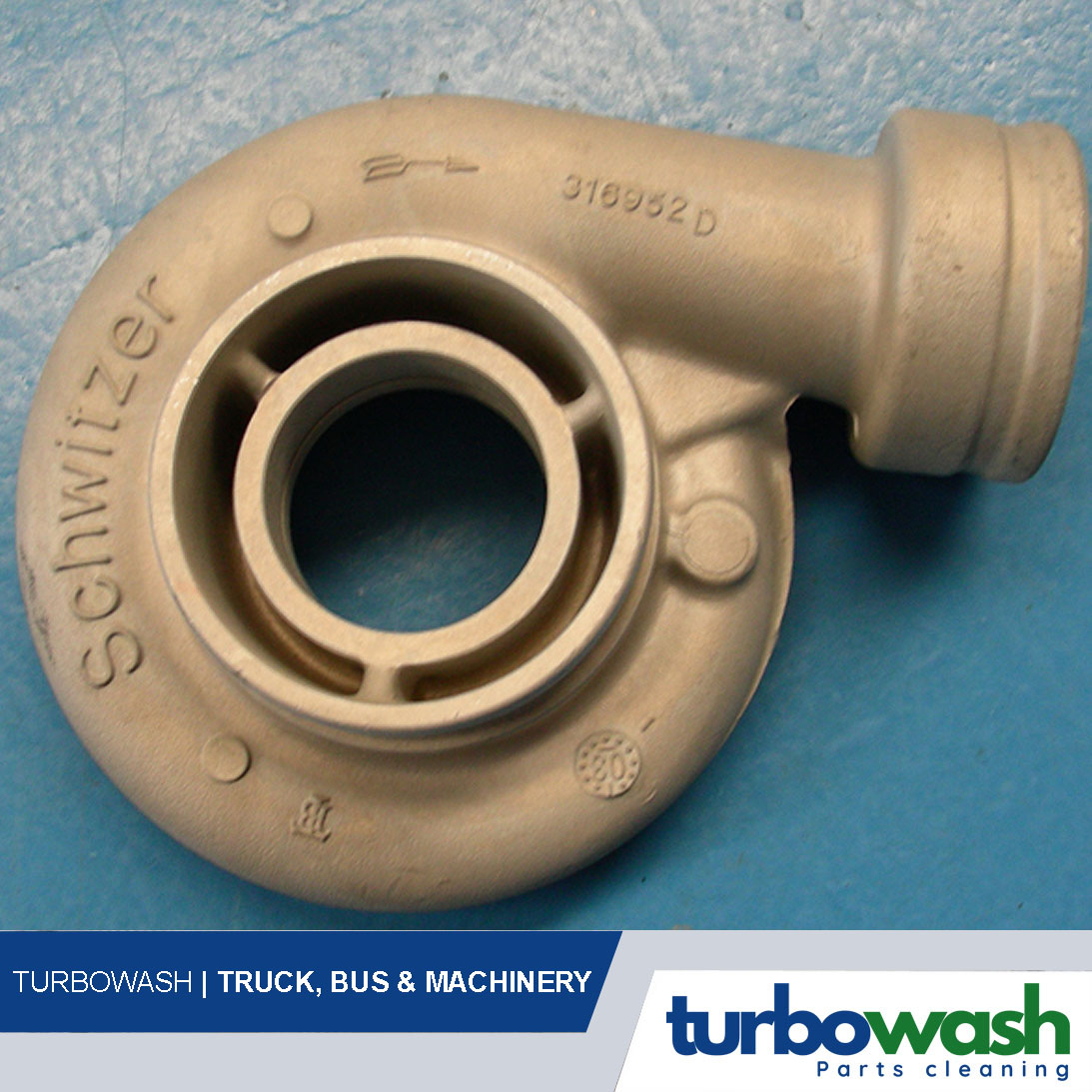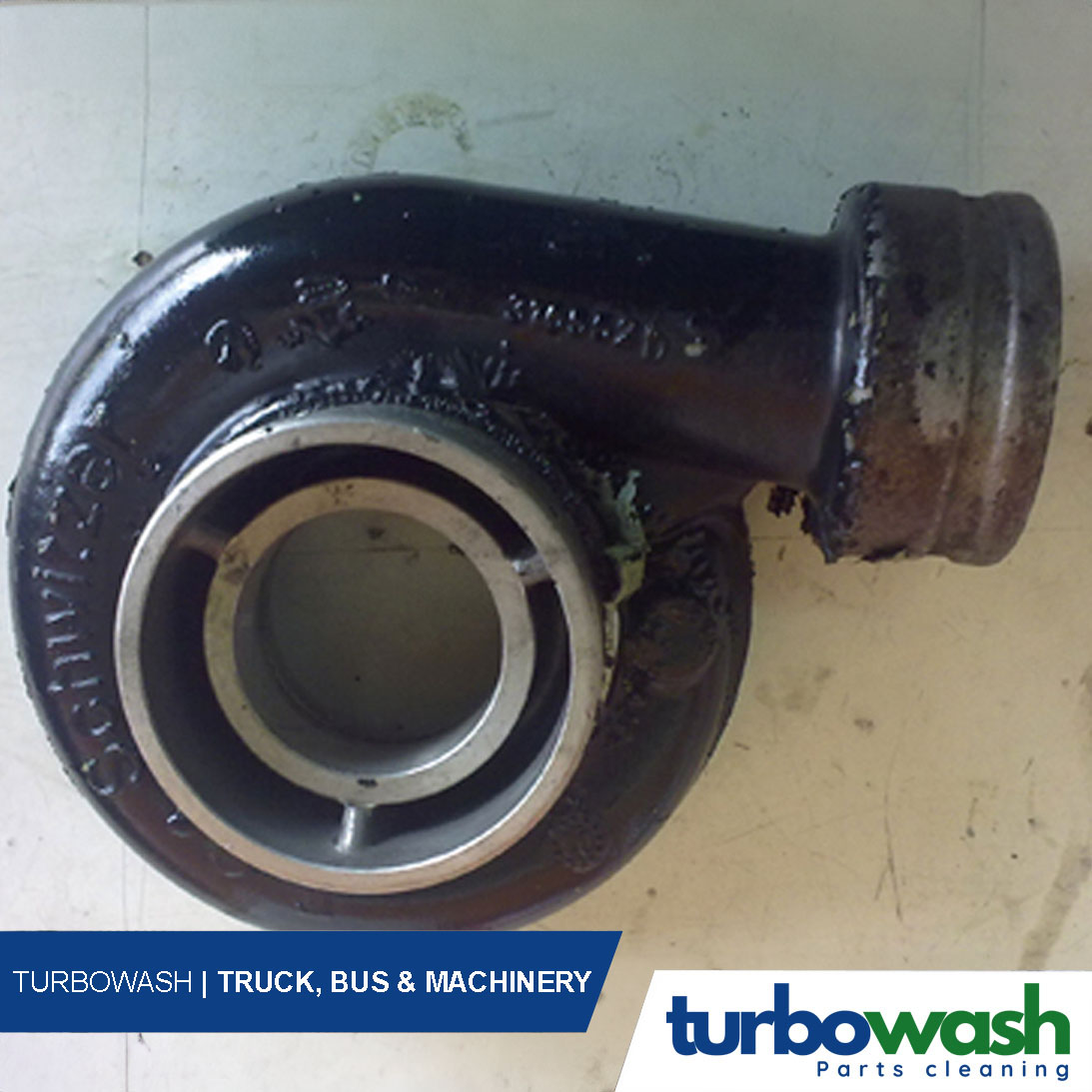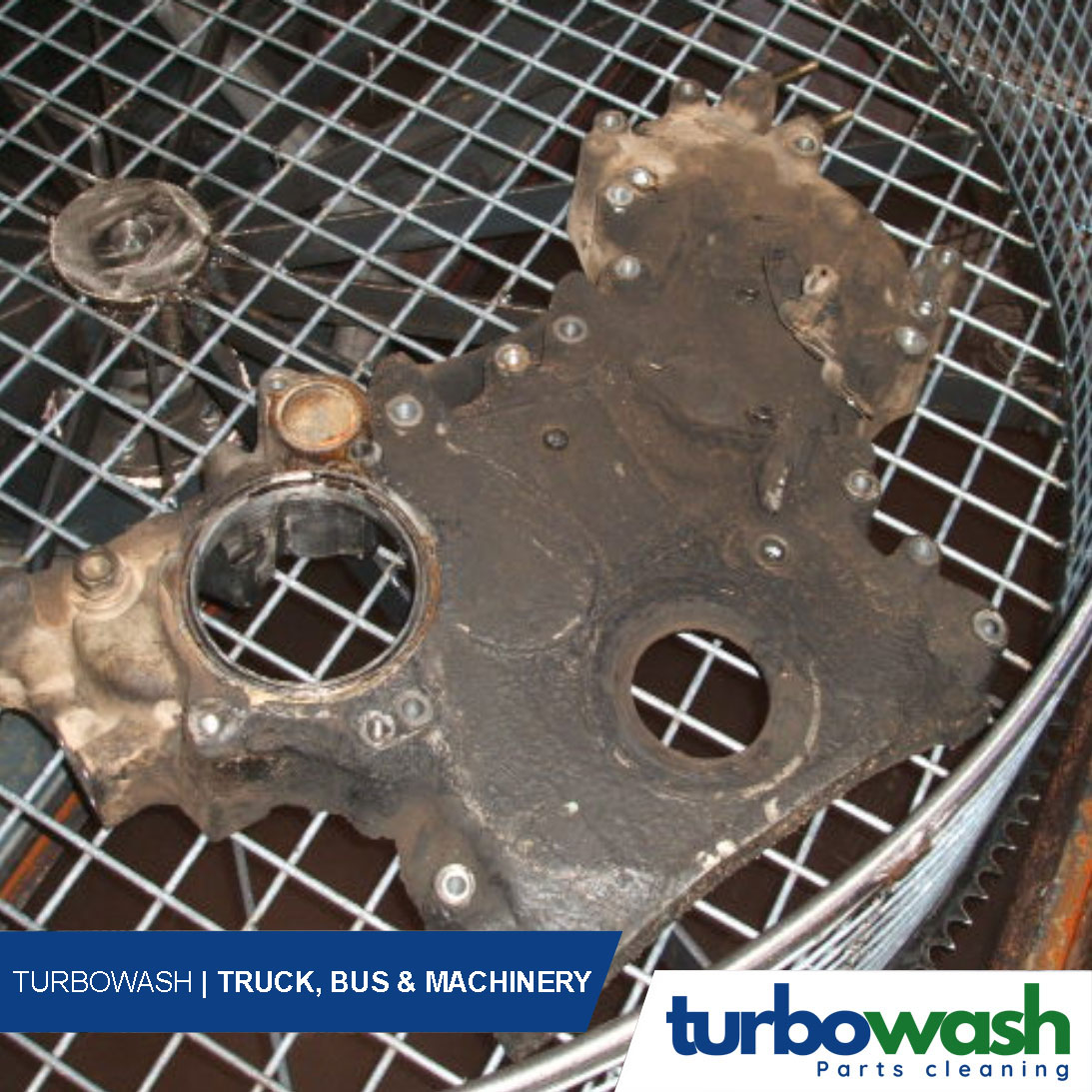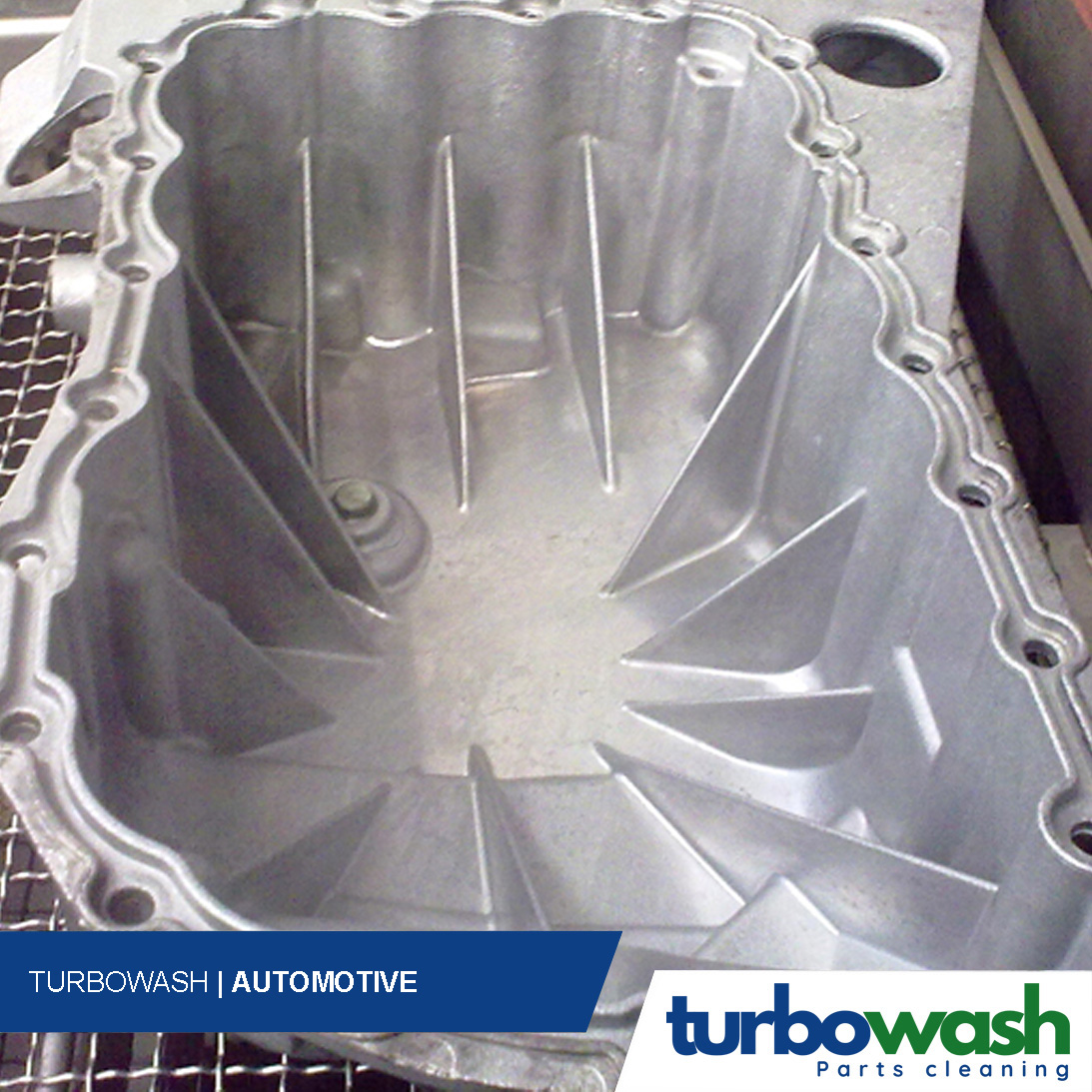Principle of Parts Cleaning
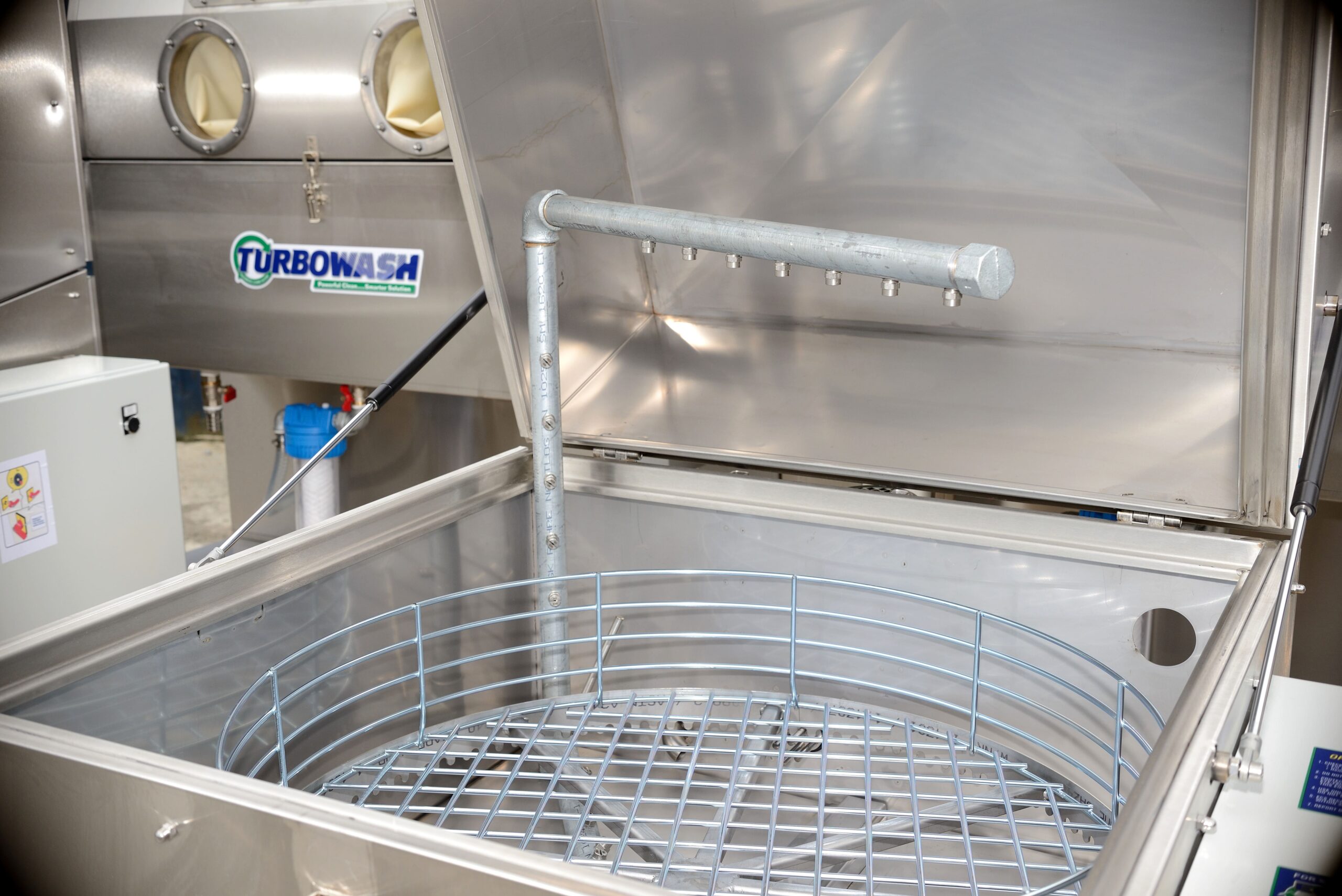
All you need to know about parts washers
A parts washer is a piece of cleaning equipment that is used to remove contaminants or debris, such as dirt, grime, carbon, oil, grease, metal chips, ink, paint, and corrosion from parts. They are designed to clean and degrease small or large parts in preparation for assembly, inspection, surface treatment, packaging and distribution.
Parts washers may be as simple as a manually operated sink, common in many auto repair shops, or they may be very complex, multi-stage units. Parts washers are also essential in maintenance, repair and remanufacturing operations, from cleaning fasteners, nuts, bolts and screws to diesel engine blocks and related parts, rail bearings, wind turbine gear boxes and automotive assemblies.
Parts washers can be divided into three categories

Manual Cleaning
Manually operated sinks and high pressure cabinet washers to manually clean parts.

Semi-automated Cleaning
Manually loaded and unloaded but the cleaning process is automated, for example spray washers and ultrasonic tanks.

Automated Cleaning
Parts are automatically moved through the cleaning stages such as multi-stage ultrasonic system.
Types of Parts Washers
Sinks (with a pump hose and brush)
A sink is a basic parts washer designed for washing parts manually, consisting of a sink, hot water supply line, pump, hose and a flow through brush.
High Pressure Cabinet Washers
High pressure cabinet manual parts washers are commonly used in mechanical workshops for manual cleaning and pre-assembly washing.
It uses a 60 bar aqueous solution to power a high pressure gun, designed for quick and efficient cleaning of small to medium sized parts.
Spray Washers
Spray washers use high pressure nozzles to clean medium to large parts with hot aqueous solution, removing heavy soils, grease, paint, and contaminants. Turntable baskets range from 450mm – 3.2m in diameter, handling weights from 150kg – 3000kg.
Spray wash machines are used in various industrial applications, including automotive, truck, bus and machinery, aerospace, printing, medtech, manufacturing and food to name a few.
Ultrasonic Tanks
Ultrasonic cleaning uses high-frequency, high-intensity sound waves and agitation to remove contaminants from parts submerged in an ultrasonically activated liquid. They come in single stage or multi-stage options and can be semi-automated or fully automated.
It is a unique technology in its ability to remove contaminants that other technologies cannot remove and in its ability to effectively clean areas that are not accessible or easily reachable using other technologies.
Ultrasonic cleaning is suitable for a wide variety of materials, including metals, glass, rubber, ceramics and some hard plastics. It can be used to clean anything from food items, jewellery, surgical instruments to massive engine parts. A single stage ultrasonic tank consists of one main tank and an auxiliary grease separating tank. Single stage ultrasonic tanks have a capacity from 30 to 10,000 litres.
A multi-stage ultrasonic cleaner has multiple tanks so parts can manually or automatically be moved from one tank to another quickly and efficiently (manually or automatically). Different tanks can be incorporated into the multi-stage automatic system depending on the components to be cleaned, such as an ultrasonic tank, a cold rinse, a hot rinse, and drying.

